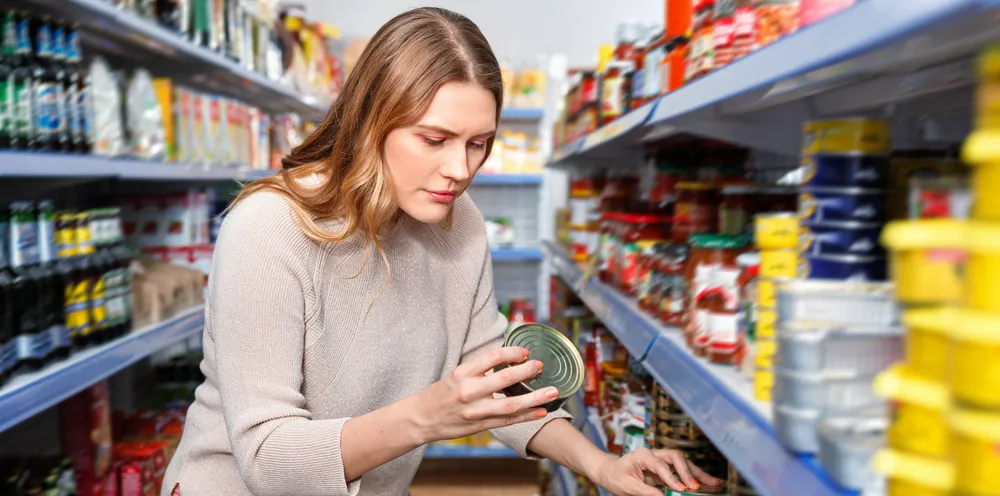US government says women and children should eat more canned seafood
The Biden-Harris Administration has funded an extra $1 billion to the program for fiscal year 2024.

The Biden-Harris Administration has funded an extra $1 billion to the program for fiscal year 2024.
